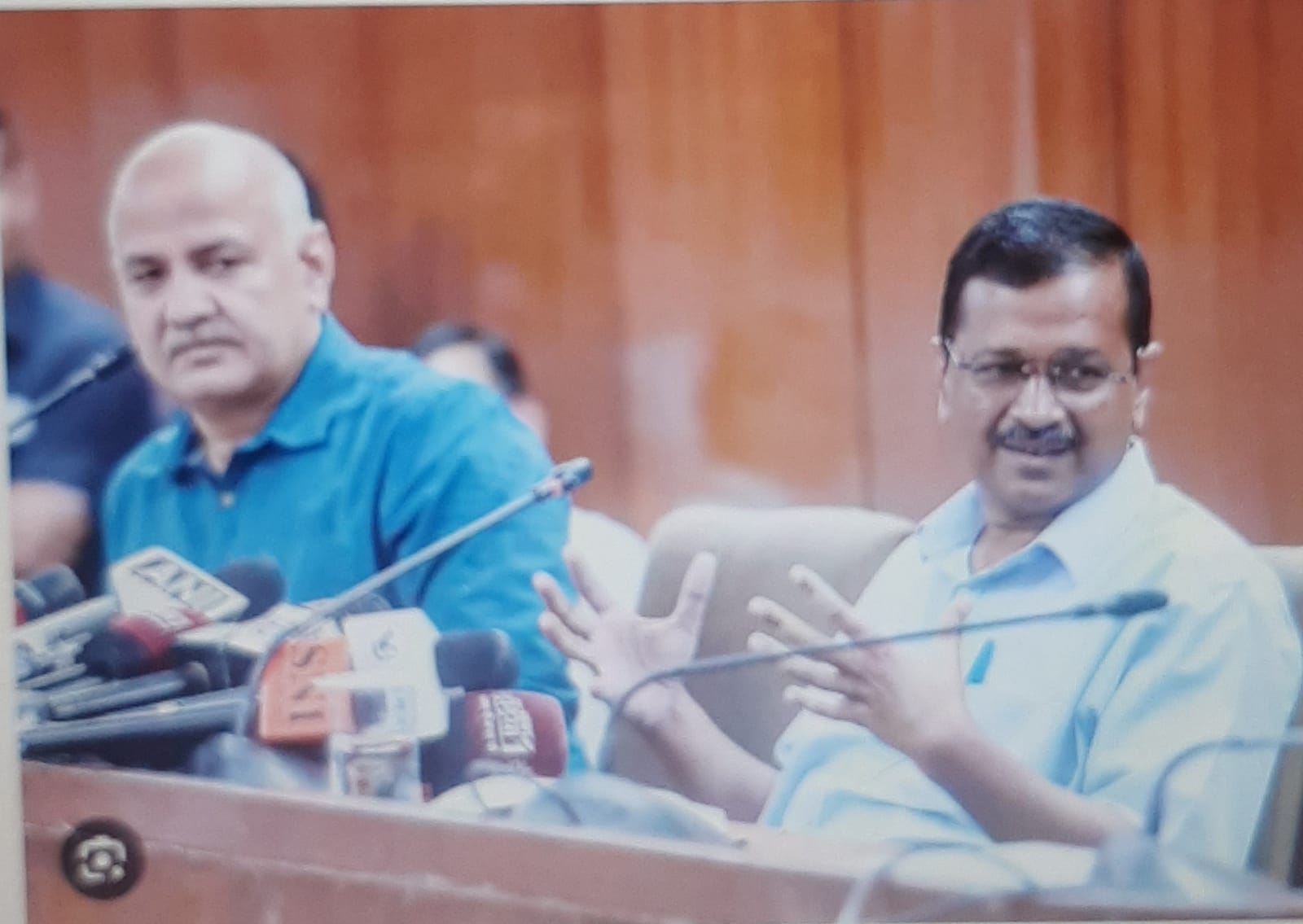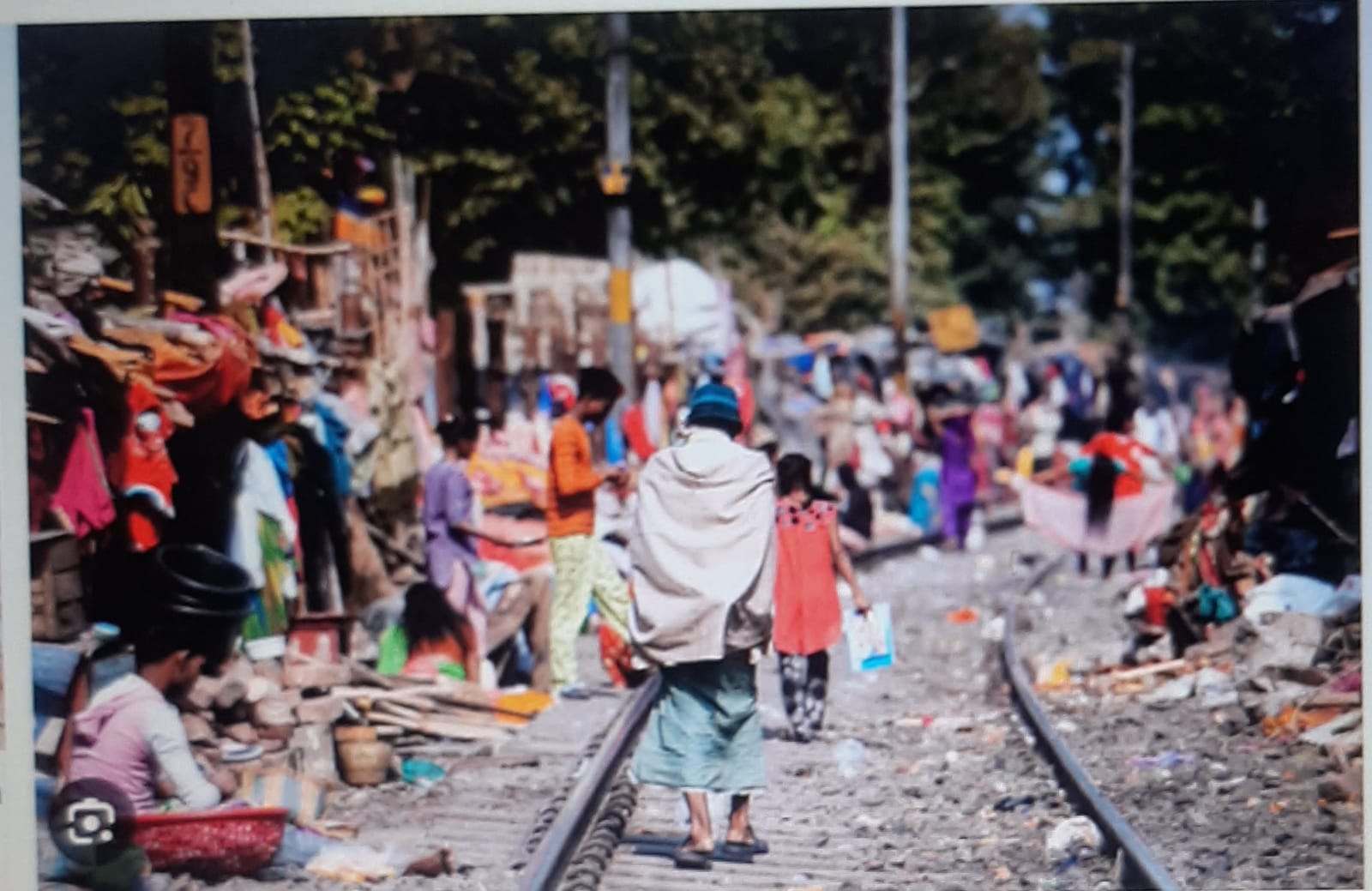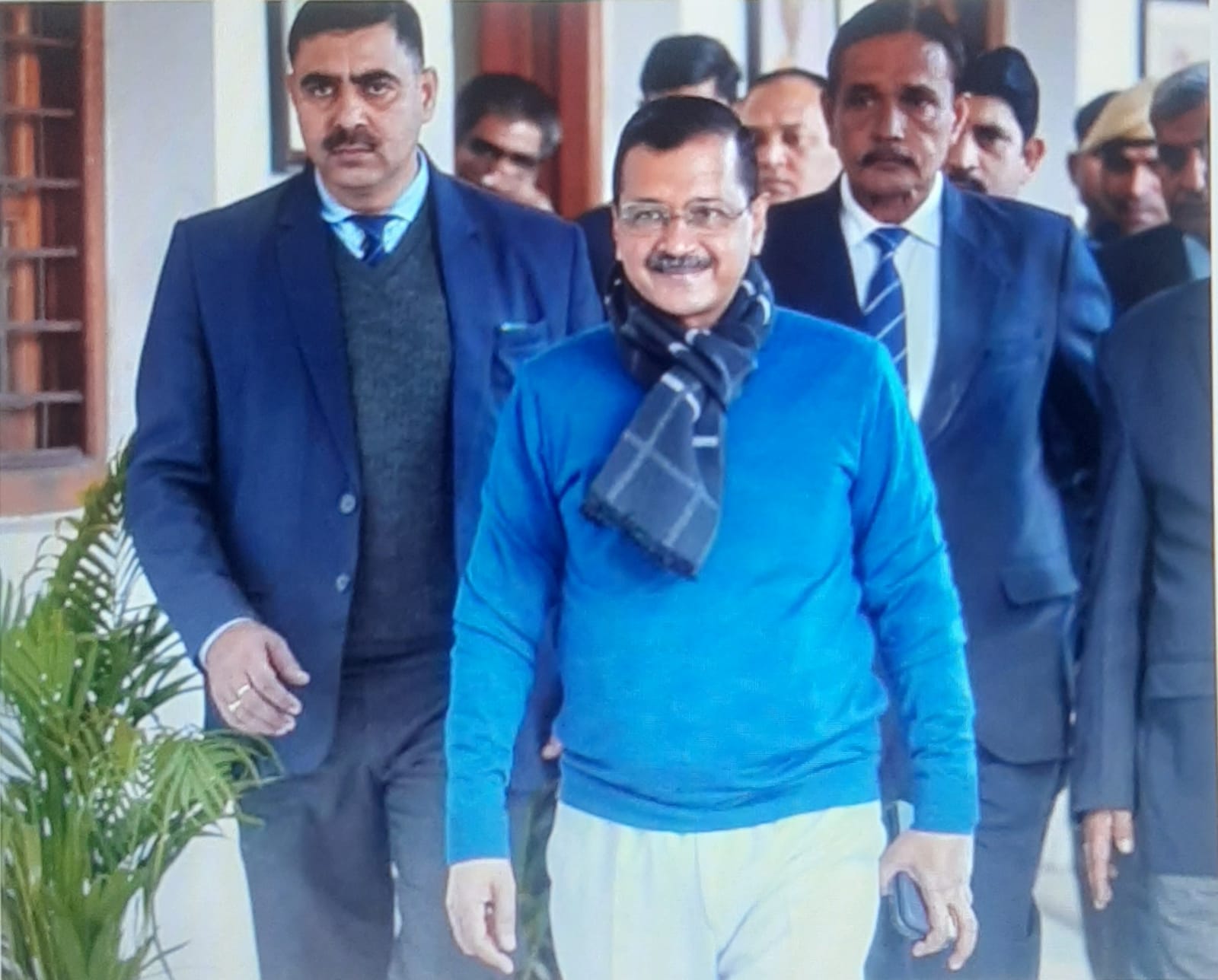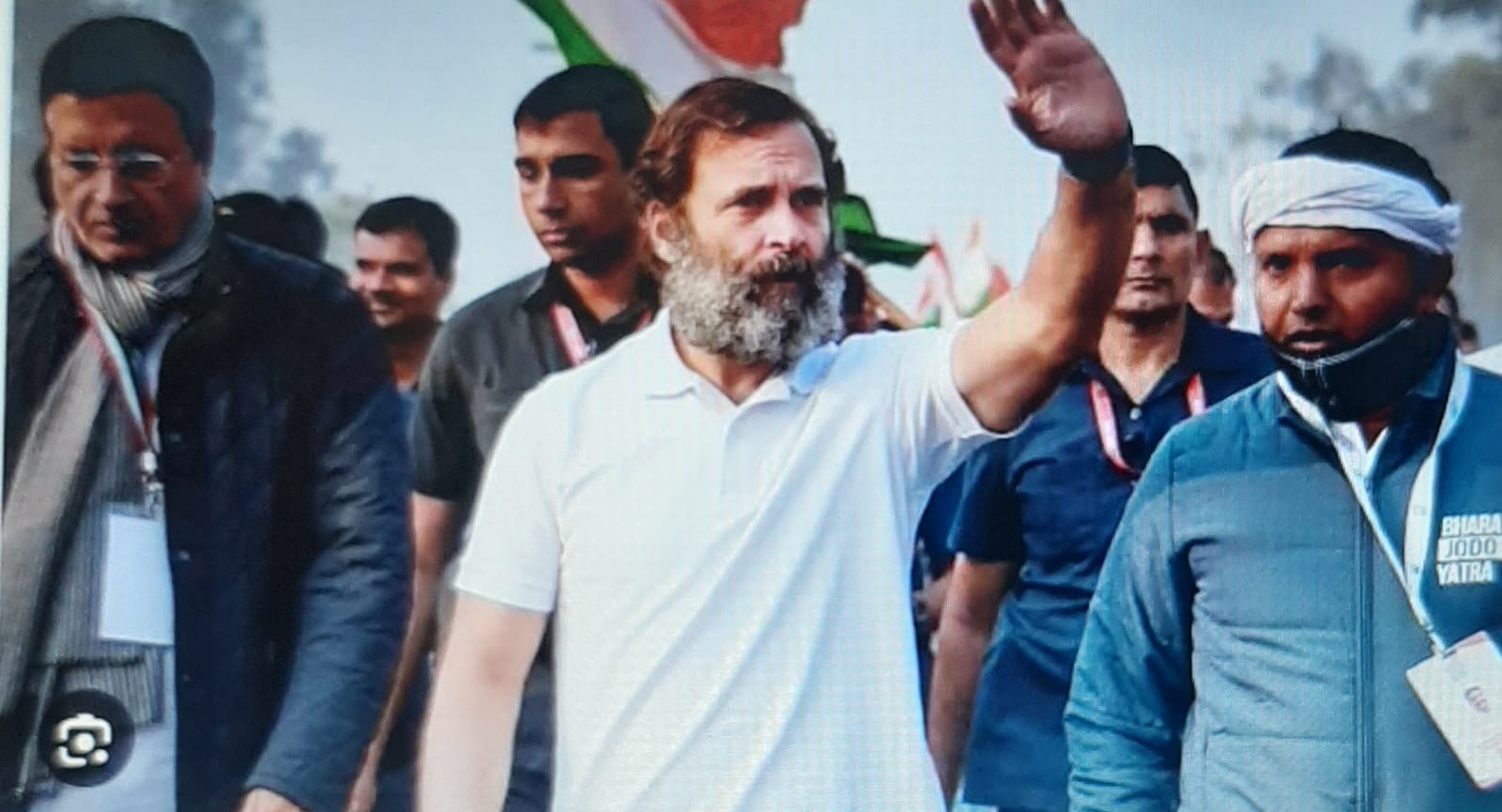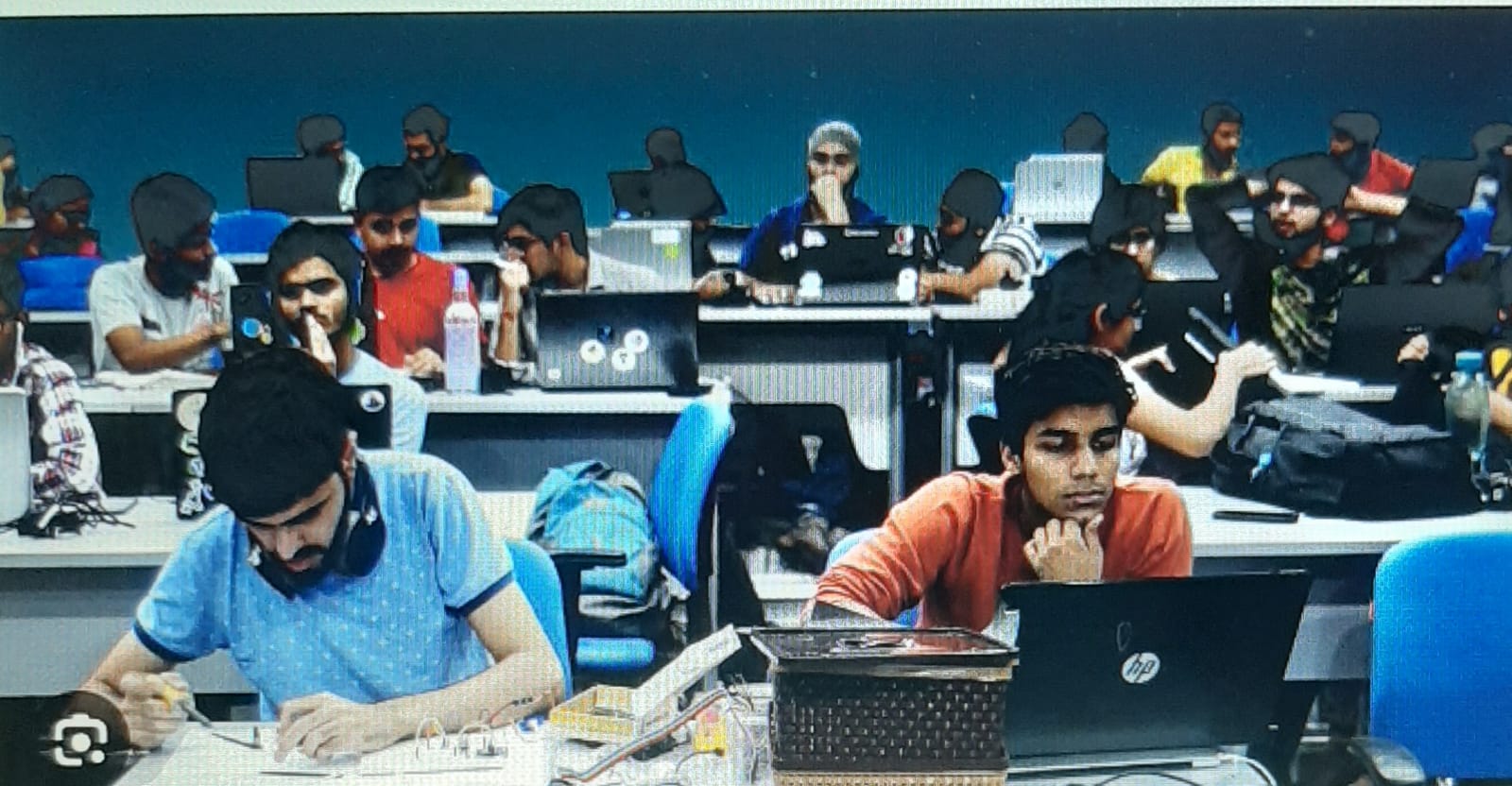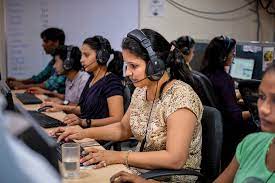
Today’s Indian women are more literate and educated. They’re enrolling in schools and colleges in greater numbers and staying in school longer than previous generations did. But that hasn’t translated into jobs – at least not statistically. The pursuit of education alone hasn’t resolved the issue. It skews the work force data mostly just for women in their teens and early twenties, writes Dr. Smita Pandey
The Constitution of India is an aspirational document which envisions a just, free and equal society in the Preamble itself. This aspiration is equally entrenched in various articles of the constitution which contains provisions for affirmative action intended to remedy the disadvantage faced by women. The visionary, B.R.Ambedkar had even asserted, ’’I measure the progress of a community by the degree of progress which women have made.’’ The stark reality of the position of the women folk in our society is exemplified by the data concerning their low level of participation in government jobs.
It is ironical that despite professed equality being the cornerstone of our constitution, women who constitute 50 percent of the population, have barely a little more than 10 percent share in government jobs. The Constitution’s “equality code”,i.e. Articles 14, 15, and 16 aspire to a consummate relationship between three stake- holders – the State, the individual and society, by accommodating both fundamental rights and the exercise of sovereign power. In this sense, the equality code is a powerful legal tool in the arsenal of both the State and the individual to take some affirmative action to increase the share of women in government jobs and their enhanced participation in the nation’s economic life.
Undoubtedly, India has one of the fastest-growing economies in the world. The IMF forecasts 6.8% growth for India this year, compared to just 1.6% for the United States. By 2030, India is forecast to be the third-largest economy in the world, behind only the U.S. and China. Millions of Indians are emerging from poverty each year. But the flip side of this story is that the proportion of women in India’s workforce is declining. Over nearly two decades, India’s female labor participation rate has dropped from 32% in 2005, to 19% in 2021. Economists are trying to figure out why. Usually, when women work, it’s a boon to any economy. Most countries develop faster with women in their workforces. That’s true for India too. Throughout the 1990s and particularly in the early 2000s – decades of robust GDP growth – female labor participation grew, albeit from very low levels. The problem is, they’re still abysmally low.
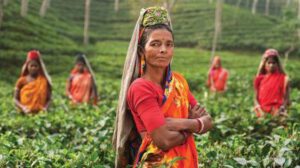
According to the latest World Bank figures, from 2021, fewer than 1 in 5 Indian women work – at least formally. Though most work in India is informal – agricultural or domestic work – which often doesn’t get counted and that is still lower than even Pakistan’s female labor rate and roughly in line with Afghanistan’s, before the 2021 Taliban takeover , even though both Pakistan and Afghanistan are substantially poorer countries, with stricter social norms and less mobility for women.
Today’s Indian women are more literate and educated. They’re enrolling in schools and colleges in greater numbers and staying in school longer than previous generations did. But that hasn’t translated into jobs – at least not statistically. The pursuit of education alone hasn’t resolved the issue. It skews the work force data mostly just for women in their teens and early twenties.
Today India has more than 1.4 billion people and counting. Recently we even overtook China as the world’s most populous country . It’s got the largest number of working-age people anywhere in the world. That’s what economists call India’s “demographic dividend” , a concentration of young people who, if gainfully employed, can help fuel India’s growth for decades to come. But quick development and a large population also bring challenges: unsustainable development, inadequate infrastructure, economic inequality and unemployment. So this may be one of India’s biggest challenges, as its population grows: Not only to create jobs for all of its workers. But to create the conditions that’ll allow its female workers to take them.
Our economy depends on human capital. If we don’t provide half our population with access to education and employment we lose half our potential. India cannot ignore its women. This is the challenge before the government -to take all necessary steps to not only increase the participation of women in the nation’s economic pie but also to ensure that a conducive atmosphere is created to encourage women to become professionally active in all domains and get empowered. This can be ensured by first taking steps which will enable women to move ahead in the short term quickly. Governments needs to send a positive signal by plucking the low hanging fruits. The root of empowerment is power. One of the steps which the government of India should consider urgently is increasing the upper limit age for women candidates in all competitive exams like civil services exams etc. This step will give a very positive message to women that government wants their increased participation in higher echelons of the system. Another positive step that can be taken is to provide lateral reservations of thirty percent at every competitive and recruitment level. This kind of facility has already been provided by some states including Uttar Pradesh where a large number of women are now holding responsible positions in the state bureaucracy. The time has come for central government to take these elementary steps to increase the participation of women in government and ensure India’s phenomenal progress.
(Dr Smita Pandey is well-known writer on social and historical issues)


